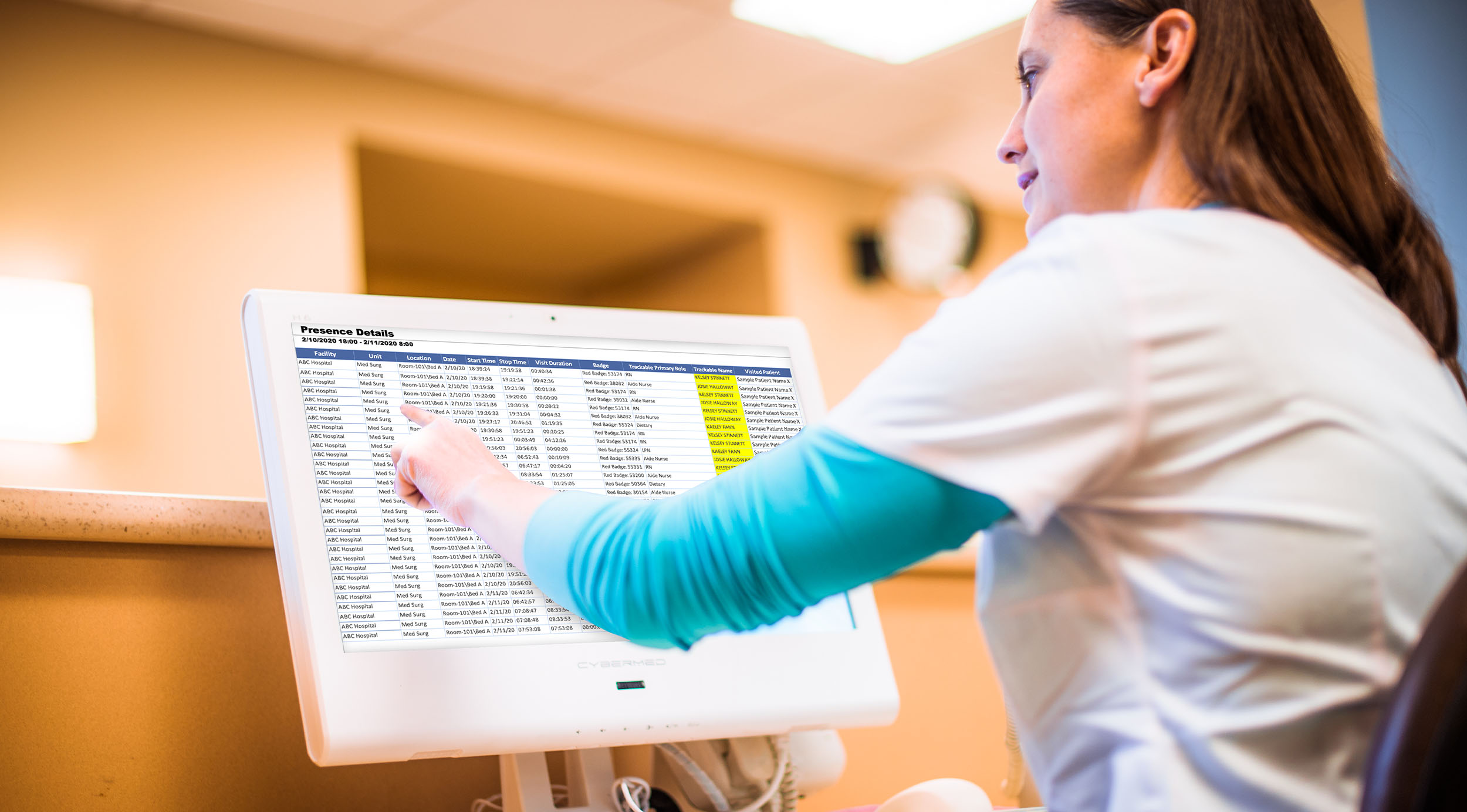Minimizing Distractions Leads to Better Patient Outcomes
The reduction of clinical interruptions by reducing the amount of nuisance alarms and alerts enables a more focused caregiver ensuring a safer environmental for both clinicians and patients.
An average 32-bed ICU can generate 2,558,760 alarms in 30 days. Reductions in ancillary staff, rising acuity levels, having to do more with less while also learning how to utilize more devices and technology create persistent, widespread challenges in hospitals. These challenges result in increased alarm fatigue and clinical interruptions.
Increased risk
of error
12.7% increased risk of a medication error and that the error rate tripled when a nurse was interrupted 6 times.
Nurse calls don’t
require an RN
One nursing study found that 48% of calls are for position change followed by toileting assistance (11%), and accidental calls (5%).
Are not clinically
relevant
92% of Physiological Alarms are considered as not clinically relevant.
Decreasing Clinical Interruptions
There are an excessive number of clinical interruptions in today’s connected healthcare environment. When caregivers are interrupted, medical errors can occur. By only delivering contextual alarms, alerts and notifications that matter and need action, Critical Alert significantly reduces unnecessary clinical interruptions. Utilizing smart technology reduces clinical interruptions, enables intelligent routing of mobile notifications, and provides detailed analytics of the entire clinical workflow.
When nurse call systems are integrated with other hospital assets, such as wireless communication devices, ADT and real time locating systems (RTLS), it enables workflow efficiency and better patient care while reducing clinical interruptions.
Caregivers need the time to care for their patients, not respond to nuisance alarms. We provide the tools to ensure they are focused on that outcome.
Fall Prevention
Falls are a pervasive and devastating cause of patient harm in healthcare facilities. It has been estimated that 700,000 to 1 million hospitalized patients fall each year. This astonishing number can be drastically decreased by predetermining fall risk.
Critical Alert’s comprehensive solution set for mitigating fall risk features integrations with ADT and bed vendors, mobile notifications of risk status, risk indication in mobile rounding tools, and shows risk indication on dome lights and consoles.
Critical Alert’s integration with the Stryker iBed Awareness, allows each bed to be configured to alert appropriate staff if bed rails are dropped or patient position changes enabling caregivers to call into the room to inform the patient that someone is coming to help them. These real-time patient bed statuses and alerts result in proactive and immediate intervention to avert patient falls.
Alarm Fatigue
Alarm Fatigue has persisted in hospitals despite the Joint Commission’s National Patient Safety Goal 06.01.01 requiring them to make alarms a priority and to create alarm management policies and procedures. Intelligent alarm and alert management is vital to patient safety.
Critical Alert can provide the tools and best practices to alleviate nuisance alarms and alerts to improve patient safety and staff efficiency.
Intelligently routing appropriate and actionable notifications to the right caregiver at the right time using customized clinical workflows provides for a more efficient, focused response without the needless distractions to non-relevant staff.
Minimizing the Impact of Alarms
Critical Alert’s platform provides automated escalation based on customized workflows and manual escalation enabling a caregiver to collaborate with other caregivers and send a notification to another care team member if they are engaged with a patient.
Many alarms and alerts can quickly self-correct. Critical Alert can delay alarm notifications to allow them to reset as artifact by using customizable rules-based algorithms preventing nuisance notifications.
By identifying inefficiencies through Critical Alert’s detailed workflow analytics, administration staff have the information to make continual improvements in every unit and department to better manage events and alarms.



